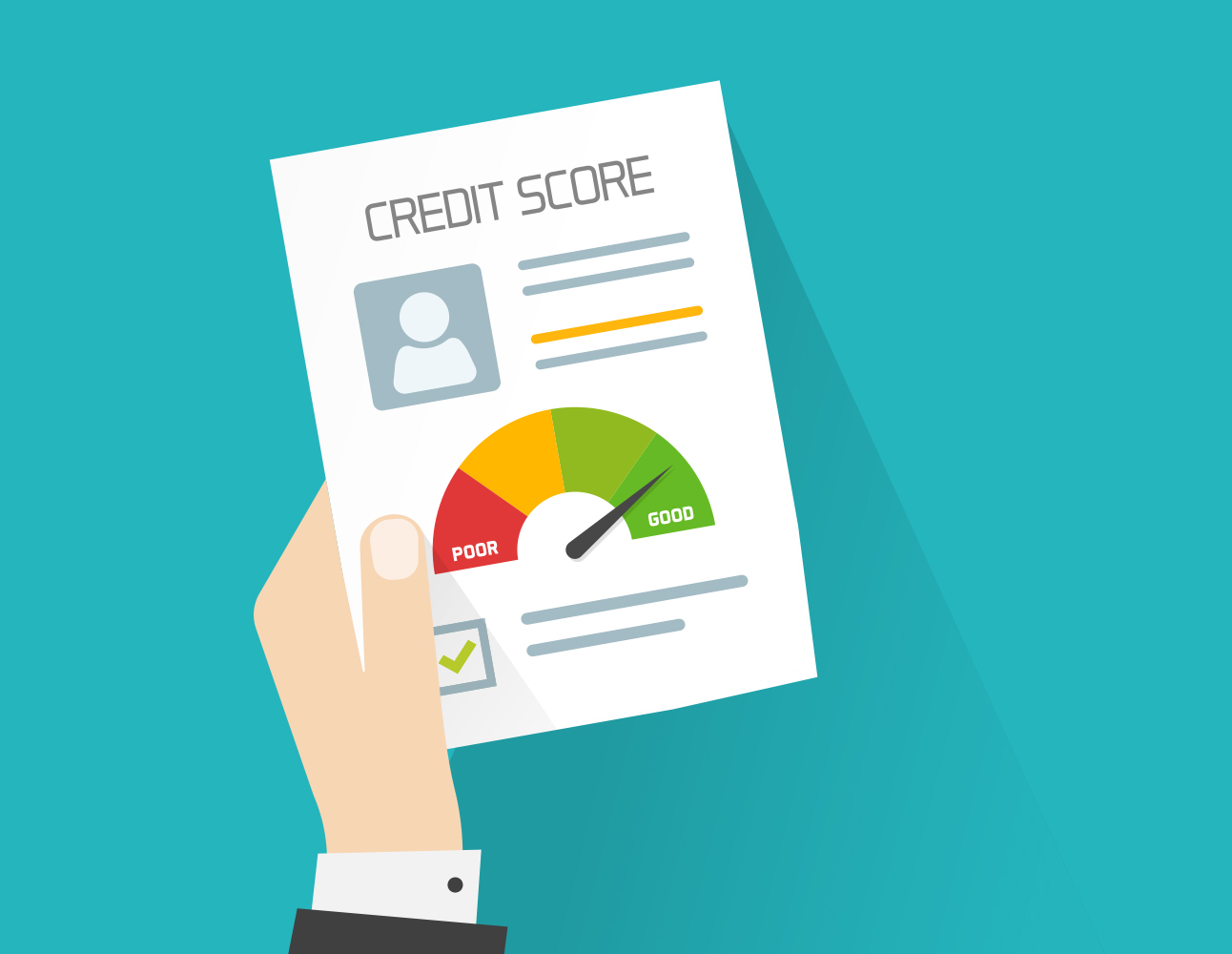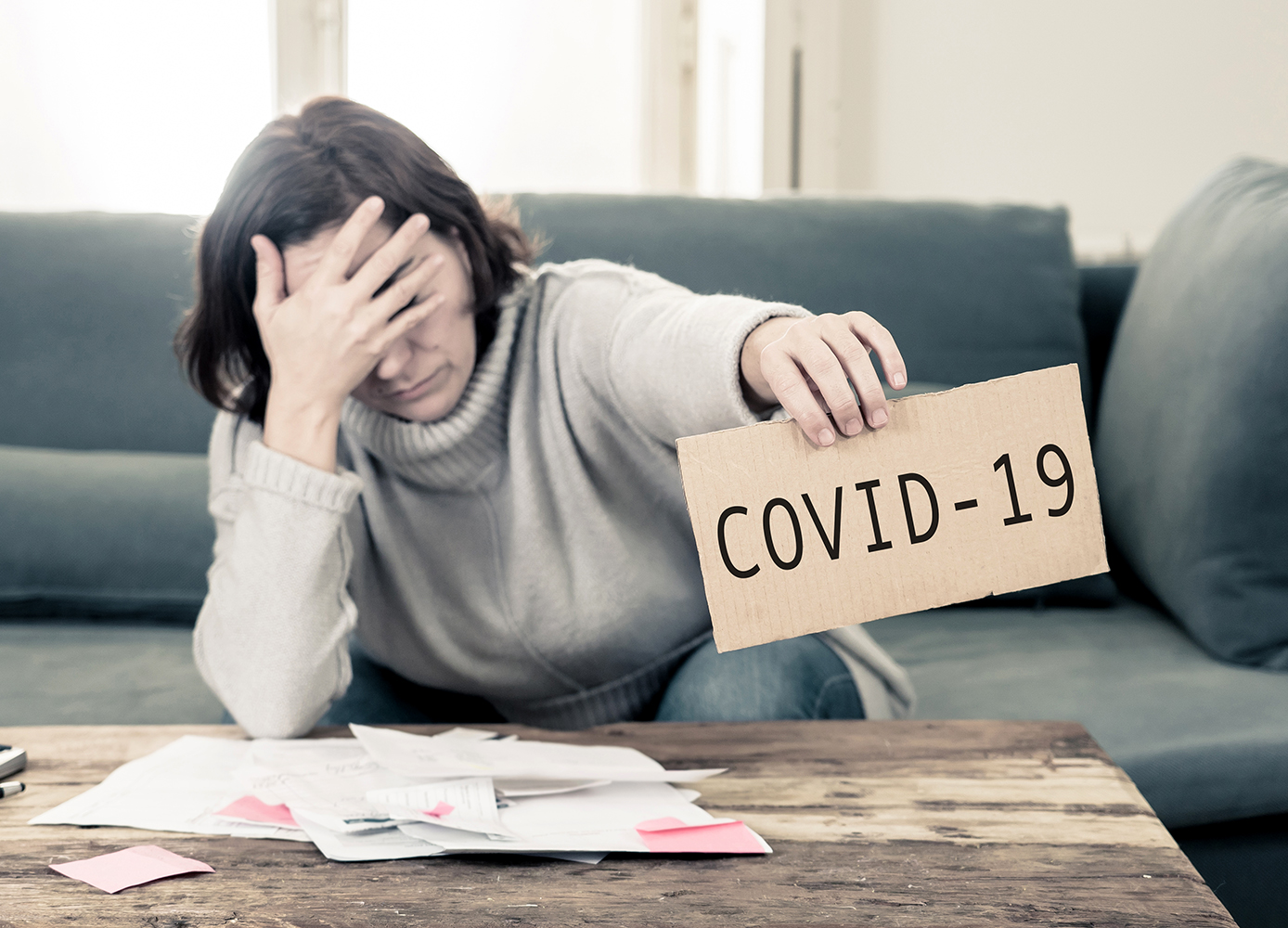If you’re in over your head and sinking, don’t hesitate to yell for help
By Olev Edur
The headlines have been scary for years, and they haven’t been getting any better lately: “Seniors going bankrupt in soaring numbers” (CBC, 2015); “Non-mortgage debt among Canadian seniors growing” (The Globe and Mail, May 2017); “Seniors in Canada are racking up debt faster than the rest of the population” (Financial Post, September 2017); “A quarter of retired Canadians in debt” (CBC, February 2018).
This state of affairs becomes even more unnerving now as interest rates begin inching upward after a decade of super-easy money, compounding the difficulties and misery caused by insurmountable debt. But while the latest retiree debt and bankruptcy statistics are disturbing, there are some bright spots.
A survey released earlier this year by Sun Life Financial involving 750 Canadians aged 55 to 80 did indeed find that a quarter of them owed money—but that statistic also means that 75 per cent of retirees are debt-free, and that’s certainly worth celebrating. Similarly, many recent reports have focused on the fact that bankruptcy is growing faster among retirees than among the general population, but that’s partly a function of demographics.
“More seniors than ever are declaring bankruptcy, but that’s because there are more seniors than ever before,” says Doug Hoyes of bankruptcy trustee firm Hoyes, Michalos & Associates. “Whenever you’re dealing with statistics, you need to take a close look at the numbers to see what they really mean.”
Hoyes adds that while a quarter of retirees may have debts, not all of them are necessarily in financial difficulty because of it. He cites a recent Statistics Canada survey, according to which one in four retirees with debt owed less than $5,000—“certainly not a number to be worried about”—and almost 60 per cent owed less than $25,000.
A Growing Problem
Nevertheless, there’s no question that insolvency is a serious and growing issue for a significant minority of retirees. “We’re seeing more and more retirees than ever before getting into financial trouble—there’s no doubt about that,” Hoyes says. “The other scary part is the amount of debt.”
Hoyes’s firm conducts its own biannual studies based on thousands of bankruptcy cases handled by its 26 offices throughout Ontario, and he says the average unsecured debt for those aged 60-plus was about $69,000 for 2013–2014 and $64,000 for 2015–2016, compared to the overall average of $52,000. And while preliminary figures indicate that that debt figure fell below $60,000 for 2017, the resulting monthly obligations may not have changed much.
“With interest rates going up, it takes less debt to get into trouble now,” Hoyes says. “And even though the debt is lower, carrying costs are higher because we’re seeing more use of credit card and payday loan debt. In fact, 11 per cent of seniors now use payday loans, and that’s like a hamster wheel that you can’t get off. The rules vary a bit by province, but in Ontario, the maximum that can be charged is $15 on a $100 loan, and these loans are typically for a week or two. If you take two weeks and multiply by 26, that’s $390 a year, or 390 per cent interest. It’s pretty much criminal.
“We’re seeing more and more retirees in that situation,” Hoyes says. “Their total debts are lower, but the composition of those debts has been changing, and interest rates are going up. In fact, our figures for 2017 show that seniors have the highest debt-to-income levels of all insolvent debtors, at a 251 per cent unsecured debt-to-income ratio. That’s huge.”
David Bottom, vice-president at J. Bottom & Associates, an insolvency trustee firm with three offices in and around Vancouver, agrees that retirement debt is a growing problem. “We’re seeing the baby boomer generation coming of age, and it’s been a constant topic of discussion at trustee forums for some time now,” he says. “The amount of debt is so much higher than it was 15 years ago.
“People generally are saving less these days. Housing costs keep going up, especially here in BC, and a lot of people now are spending money looking after their kids—paying for university, helping them buy cars and homes and so on—as opposed to preparing for their own retirement. Their debt-carrying costs keep rising until it all becomes a bit too much. People get caught in this vicious debt cycle where they’re making minimum payments on credit cards and they think they’re okay, but they’re not. It can take years to pay off those debts.”
Taking Control of Debt
So what should retirees do when they sense they are falling behind in their battle against mounting personal debt?
“You have to start by taking an inventory of your debts,” Hoyes says. “It’s amazing how many people haven’t made a list of who they owe money to, and how much. They may have two or three credit cards, a mortgage, tax bills, payday loans…. Who do you owe, how much, at what interest rate, and what are the minimum payments? Those are questions you need to ask. You may be surprised to find that you’re paying $2,000 a month, even though you’re making only $1,500 a month.”
Laurie Campbell, the CEO of Credit Canada Debt Solutions, a debt counselling firm and registered charity with offices across Canada, says, “You need to do a budget and take a serious look at all your finances, because there may be many factors behind your problems. You might be supporting a child or grandchild, or living a lifestyle that you can’t afford, or carrying the costs of a house that’s too much when you’re on a retirement income. You may not want to leave that family home, with all its memories, but if your post-retirement income can’t support it, you have to think about selling.”
The other important step in righting your financial ship, once you start having fears and before your debts mount any further, is to seek professional assistance.
“As soon as you think you have a problem, you should reach out to a professional,” Hoyes says. “It doesn’t cost anything—it’s a free consultation. And the sooner you do it, the more likely it is that a solution can be found. If you have a medical condition, when should you go see the doctor? Why wait? It just adds stress, and meanwhile the condition just gets worse.”
Campbell points out that there are alternatives to bankruptcy, which is really a last resort for certain intractable situations. “There’s a big stretch between being in financial trouble and declaring bankruptcy,” she says. “If you come in, we can provide a full assessment of your finances at no cost, and if bankruptcy is the only option, we will determine that. But often there are other options.”
“We work with you and can do everything that’s necessary,” Campbell says. “We can do the budget and ask the questions that need to be asked. Can you afford your home? Can you cut back on expenses? Have you talked with the children? And we never assume that there are no other personal factors involved. For example, if someone just lost a spouse, they may get upset or bored and develop a gambling problem. There’s a broad spectrum of factors that can impact your financial circumstances, and we consider them all in developing a workable solution.”
Don’t Touch Those RRSPs
One thing that Campbell, Hoyes, and Bottom all stress is that you should definitely not start taking money out of your RRSP or RRIF to get by. This is because RRSPs (as well as locked-in RSPs, RRIFs, spousal RRSPs, and possibly some DPSPs, but not TFSAs) are exempt from seizure by creditors—except for any contributions made to a plan in the past 12 months (of course, such contributions are unlikely if someone can’t pay his or her bills).
“We often see someone come in after a few years, when they’ve completely drained their RRSP,” Hoyes says. “That’s almost always the wrong choice: they end up facing a boatload of tax to pay and they’ve lost their RRSP. If they had come in three years before, they’d still have their RRSP. Since your retirement funds are protected by bankruptcy law, it’s important that you talk with a trustee before draining your retirement savings to pay off debts.”
By the same token, pension income—whether from CPP/QPP, private pensions, or life annuities—cannot be garnisheed by creditors. Unlike the average younger worker, whose wages can be garnisheed, if your only source of income is pensions and you don’t have other assets such as a home or investments, bankruptcy may not be necessary at all because you will be considered to be creditor-proof.”
Looking for Solutions
Hoyes notes that some retirees may be able to pay off debts by using the equity in their homes, either through a second mortgage or a reverse mortgage. But this may not work if you have significant debts or large assets. And putting yourself into further debt may not be advisable if you can’t eliminate all your unsecured debts or keep up with your payments.
“When you go to file for bankruptcy, and you have, say, $40,000 in credit card debt and you own a $400,000 house, the trustee will say you cannot declare bankruptcy because you have enough assets to satisfy the debt,” Campbell says. “So you must sell the house or find some other way to pay off that debt, such as a line of credit or second mortgage.”
Both Campbell and Hoyes suggest that, in many cases, a consumer proposal can be much better than declaring bankruptcy.
“We do a lot of consumer proposals; they’re the solution of choice,” Hoyes says. “For example, if you have a $50,000 debt and have a reasonable income, we’ll go to the people to whom you owe the money and make a deal: you pay, say, $250 a month for the next five years to eliminate the debt entirely.”
“It ends up costing you $15,000 to eliminate a $50,000 debt,” Hoyes says. “The trust companies and banks know that if they don’t take the proposal, you could go bankrupt and they get nothing. And retirees are generally honourable people who feel bad about owing money—making payments makes them feel better.
“After the payments are finished, a note is attached to your file for the next three years, and that can affect your credit rating. But seniors are less likely to be buying new houses or cars, so they shouldn’t worry too much about their credit rating,” Hoyes says. “If you do nothing, your credit rating will only get worse. It’s like saying you need surgery but put it off because you don’t want a scar afterwards, when it’s more important to save your life.”
About the only time bankruptcy might be preferable is if you have a low income or no assets, according to Hoyes.
“It’s pretty simple,” he says. “In bankruptcy, you’re required to make monthly payments based on your income. If your income is higher than the government thresholds, you must pay half the excess. If you own a house, that’s a problem. If you have a car that’s paid for and is worth a fair amount of money, that’s a problem. If you own investments outside your RRSP, that’s a problem. And that’s why you should talk to someone who understands, and who can figure out the correct answer.”
“It’s important to get the message out there that people in debt late in life are not alone,” Campbell says. “They do need to talk to someone, whether it’s a close friend, a family member, or a not-for-profit credit counselling service.”
“Older Canadians may be embarrassed to admit that they have debt problems or are seeking professional advice, but there’s no shame in reaching out to an expert,” Hoyes says. “If you have problems with a car, you go to a mechanic. If you have health problems, you go to a doctor. And the sooner you deal with it, the better off you’ll be.”
Illustration: iStock/Diane Labombarbe.






